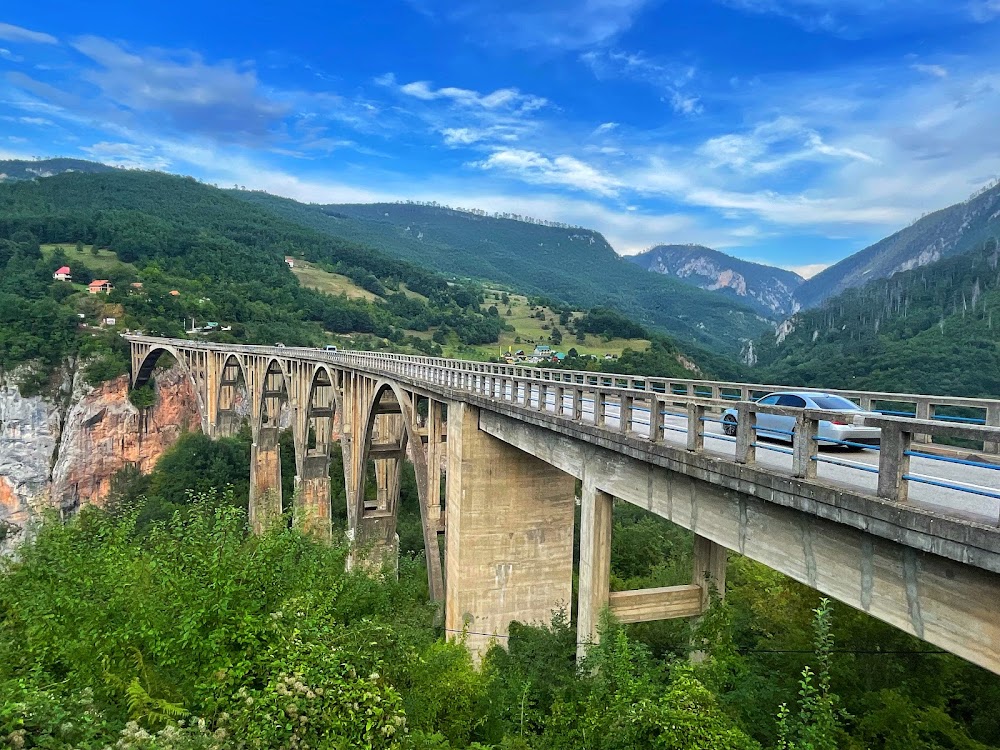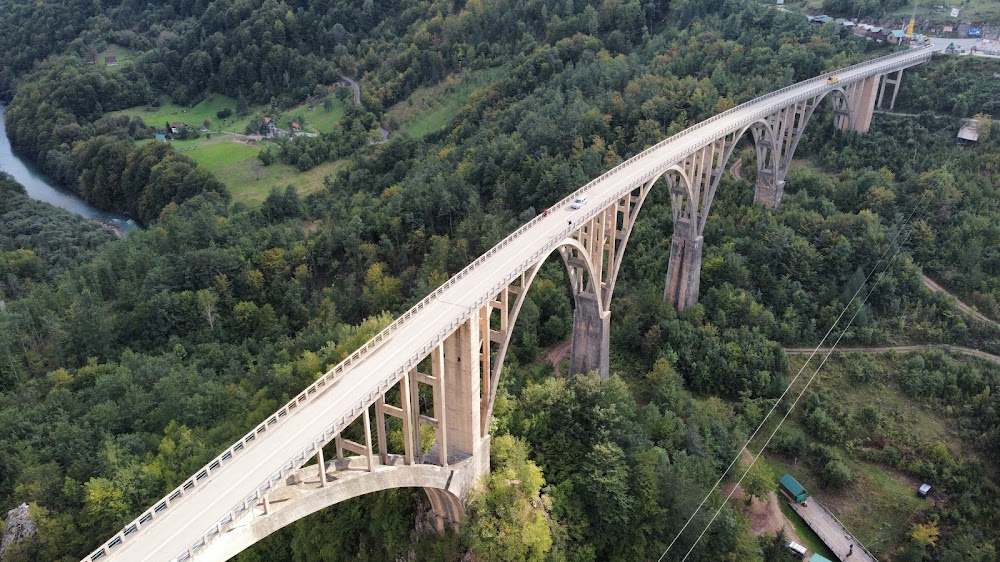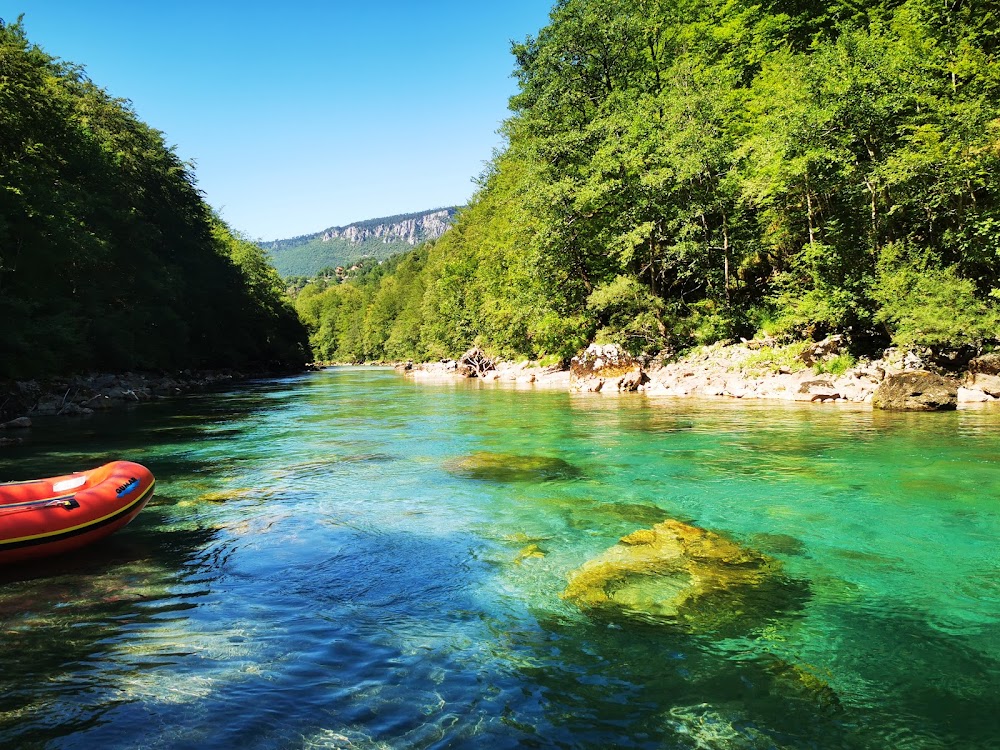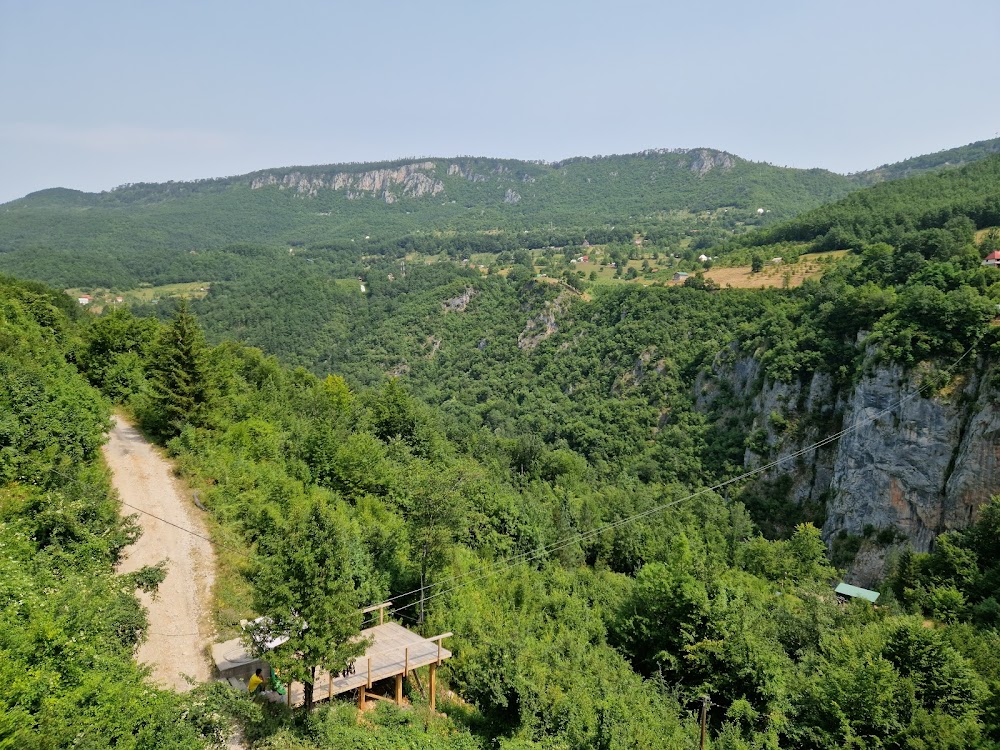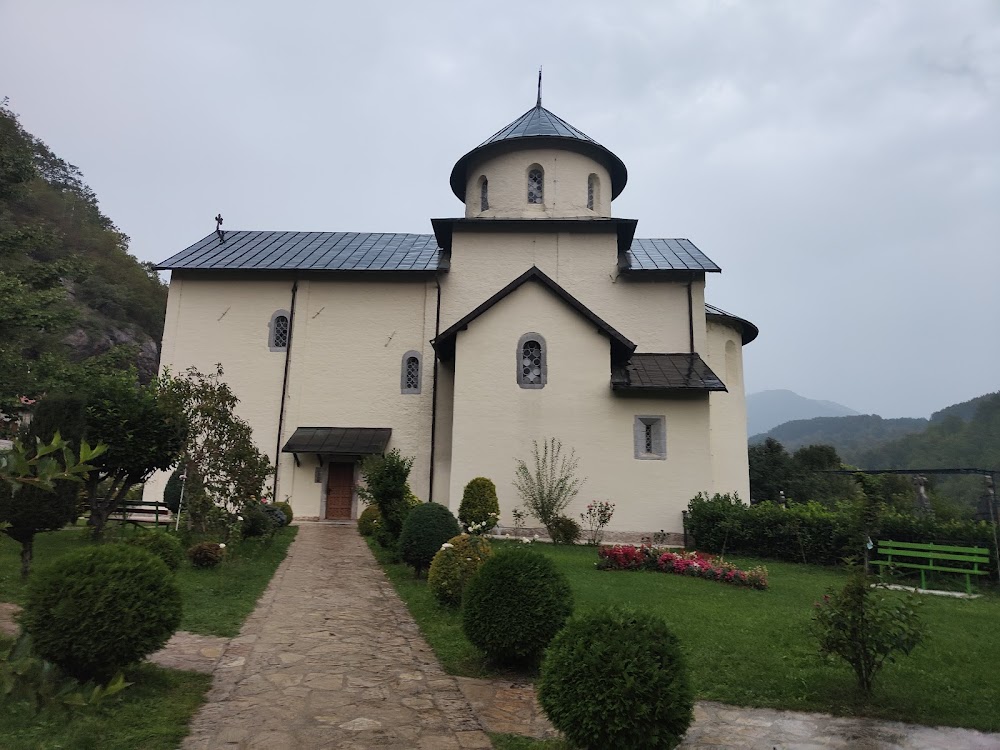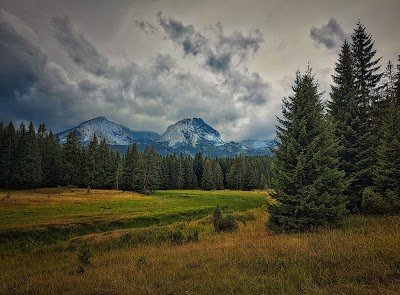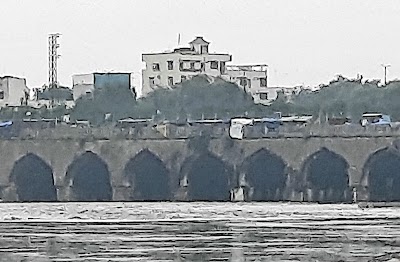Tara Bridge (Most na Tari)
Overview
Đurđevića Tara Bridge: A Marvel of Engineering
Nestled near the charming town of Kolasin in Montenegro, the Đurđevića Tara Bridge is not just a means of crossing the Tara River; it's an architectural masterpiece that gracefully spans the breathtaking Tara River Canyon, one of Europe's deepest gorges. This stunning structure offers visitors a unique blend of history, engineering, and natural beauty.
A Vision from the 1930s
The story of the Đurđevića Tara Bridge began in the 1930s, driven by the need to connect the remote regions on either side of the river. Engineers faced a monumental challenge due to the rugged terrain and the steep depth of the canyon, but their aspiration was clear: to create a lasting structure that would unite communities.
Construction Under Challenging Conditions
Under the expert guidance of Chief Engineer Mijat Trojanović, construction commenced in 1937, employing hundreds of dedicated workers. The bridge was meticulously crafted using concrete, chosen for its durability and strength. Featuring five impressive arches, the largest spans an astonishing 116 meters, marking it as an engineering marvel of its era.
However, the journey to completion was fraught with obstacles. Workers had to skillfully position massive concrete segments while navigating the unpredictable weather and rugged landscape. Despite these challenges, the bridge was completed in 1940 after three years of relentless effort, standing 365 meters long and soaring 172 meters above the river.
A Strategic Role in History
The Đurđevića Tara Bridge played a pivotal role during World War II. Just a year after its completion, in 1941, Partisan resistance fighters took drastic measures to thwart advancing Italian forces by destroying part of the bridge. One of its five arches was blown up to prevent enemy troops from crossing. Fortunately, the bridge was repaired after the war, restoring its former glory.
A Symbol of Resilience and Adventure
Today, the Đurđevića Tara Bridge stands as more than just a transportation link; it symbolizes resilience and ingenuity. Tourists from around the world flock to marvel at its stunning design and soak in the picturesque vistas it provides.
Moreover, the bridge continues to serve as a vital connector for local communities. It has also become a hotspot for adventure enthusiasts, attracting bungee jumpers and rafters eager to explore the mesmerizing Tara River.
Conclusion
The origin, construction, and historical significance of the Đurđevića Tara Bridge highlight not only the engineering prowess of the early 20th century but also the enduring spirit of the Montenegrin people. A visit to this breathtaking landmark is sure to leave lasting memories, making it a must-see destination for travelers.


